The Art of Japanese Pottery: A Beginner's Journey into Ceramics
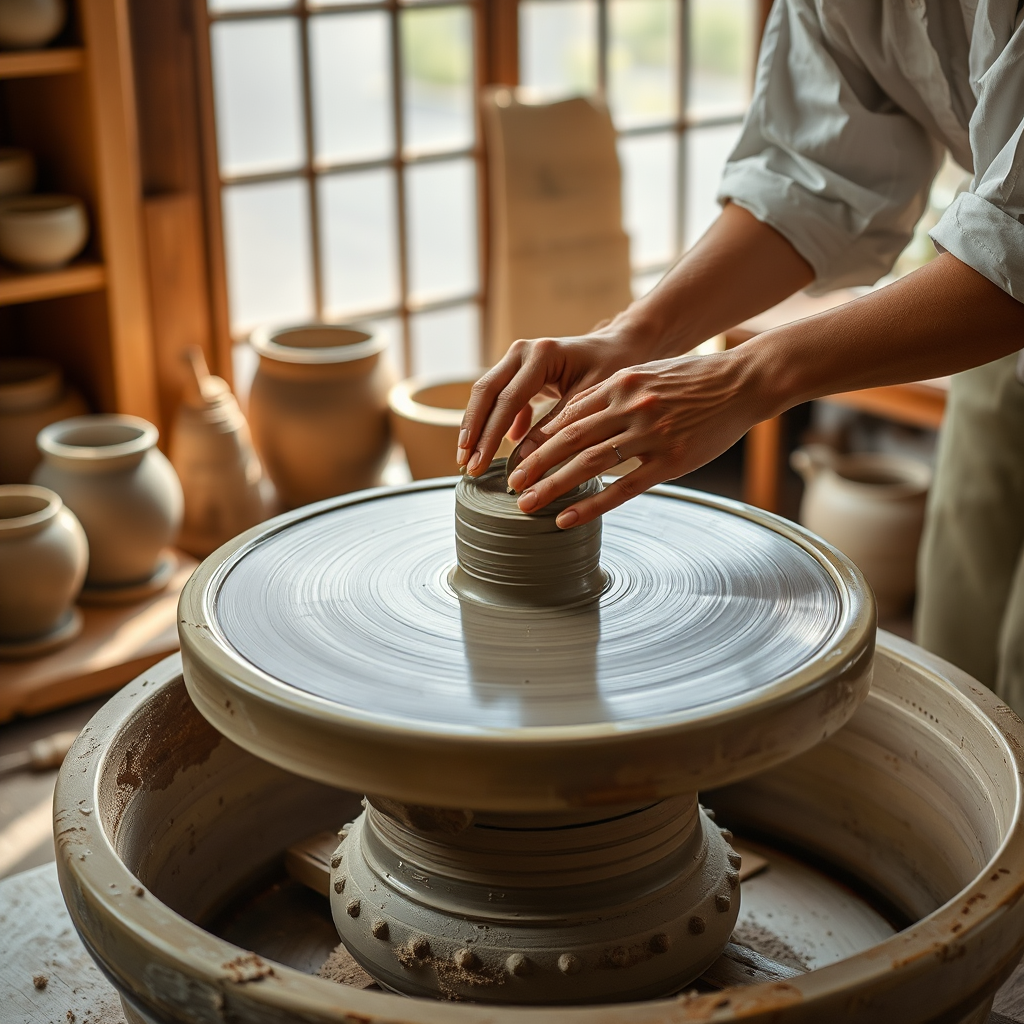
Dive into the ancient world of Japanese pottery with our comprehensive guide for beginners. Learn about different clay types, traditional techniques like raku and seto-yaki, and discover how modern artisans are keeping these centuries-old traditions alive.
Understanding Japanese Pottery Traditions
Japanese pottery, known as "yakimono," represents one of the most refined and spiritually significant Japanese crafts. Dating back over 10,000 years, this ancient art form has evolved through various periods, each contributing unique techniques and aesthetic philosophies that continue to influence contemporary ceramics worldwide.
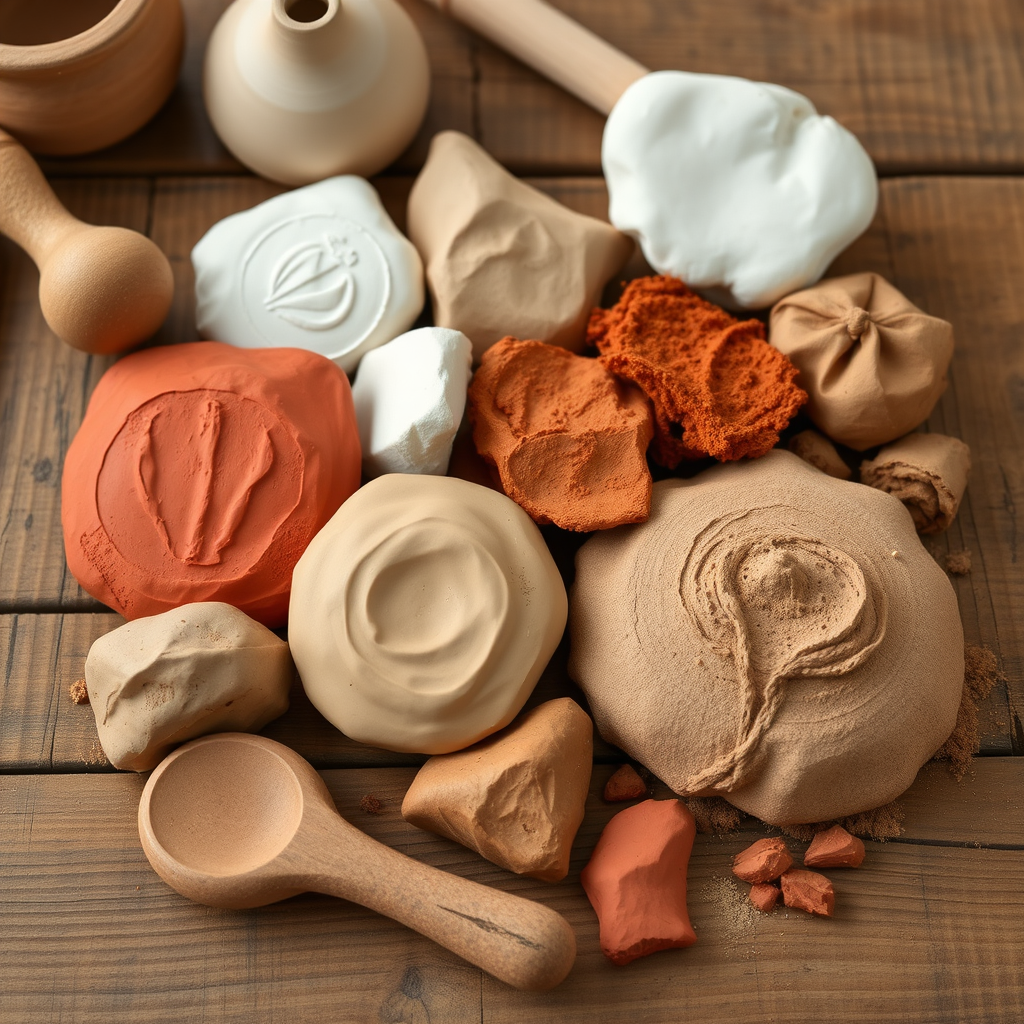
Different Clay Types in Japanese Ceramics
The foundation of exceptional Japanese pottery lies in understanding clay varieties. Each region of Japan offers distinct clay types that influence the final character of ceramic pieces:
- Shigaraki Clay: Known for its high iron content, creating warm, earthy tones with natural fire marks
- Bizen Clay: Iron-rich clay that produces stunning natural glazes through wood firing
- Karatsu Clay: Versatile clay perfect for beginners, offering excellent workability
- Hagi Clay: Porous clay that develops beautiful patina over time through tea ceremony use
Traditional Techniques: Raku and Seto-yaki
The Spiritual Art of Raku
Raku pottery embodies the Japanese aesthetic principle of wabi-sabi, finding beauty in imperfection. This low-temperature firing technique, developed in 16th-century Kyoto, creates unique pieces through rapid heating and cooling processes. The unpredictable nature of raku firing means each piece emerges as a one-of-a-kind creation, making it particularly appealing for those seeking authentic Japanese crafts experiences.
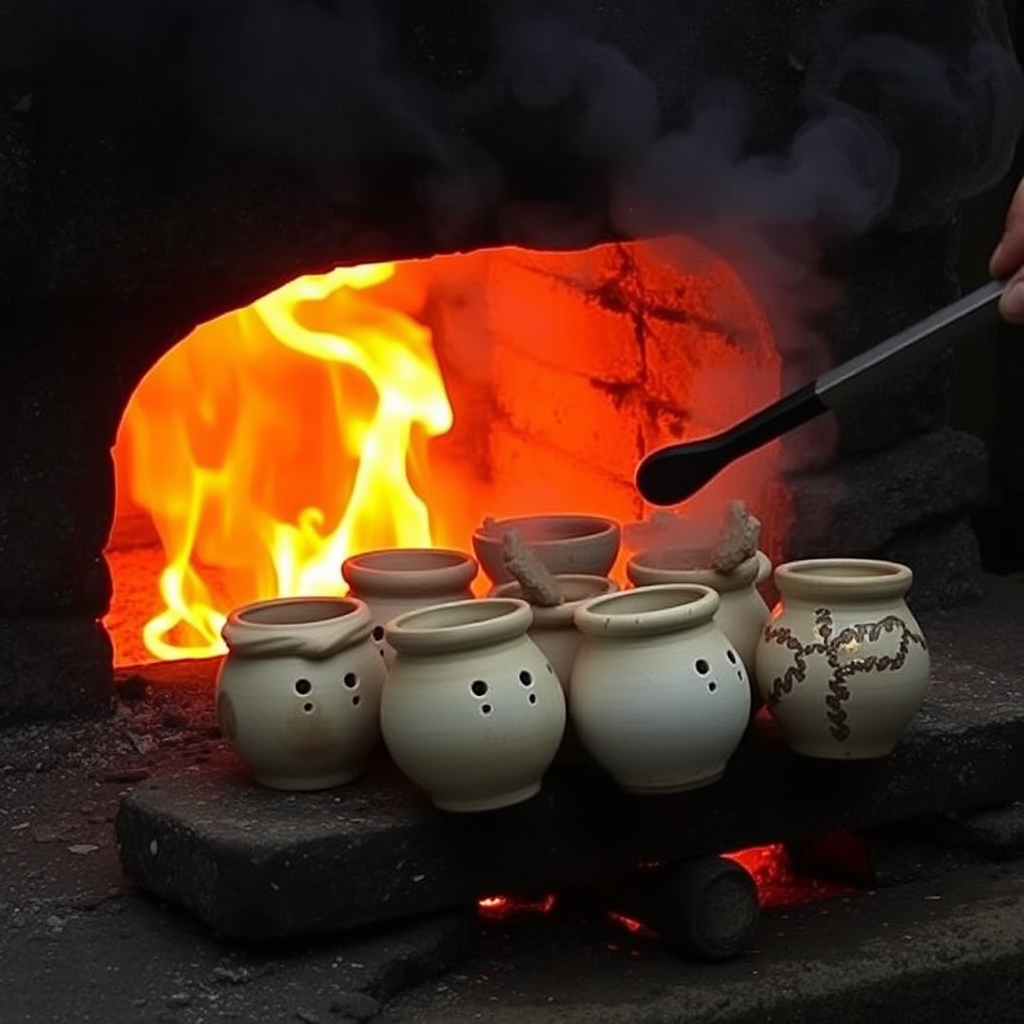
Seto-yaki: The Foundation of Japanese Ceramics
Seto-yaki, originating from the Seto region near Nagoya, represents one of Japan's six ancient kilns. This technique focuses on high-temperature glazed ceramics, producing durable and beautiful pieces that have influenced Japanese pottery for over 1,000 years. Modern artisans continue to honor these traditional methods while incorporating contemporary design elements.
Modern Artisans Preserving Ancient Traditions
Today's Japanese pottery masters skillfully balance respect for traditional techniques with innovative approaches. In workshops across Tokyo, including areas like Ueno, contemporary artisans teach both locals and international visitors the fundamentals of ceramic arts. These dedicated craftspeople ensure that centuries-old knowledge passes to new generations while adapting to modern artistic expressions.
What Makes Japanese Pottery Unique
- Emphasis on natural imperfections
- Integration of seasonal elements
- Spiritual connection to materials
- Functional beauty philosophy
- Regional clay characteristics
- Master-apprentice teaching tradition
Your First Pottery Workshop Experience
Embarking on your first Japanese pottery workshop can feel overwhelming, but proper preparation ensures a rewarding experience. Most beginner sessions focus on hand-building techniques before progressing to wheel throwing, allowing newcomers to develop essential skills gradually.
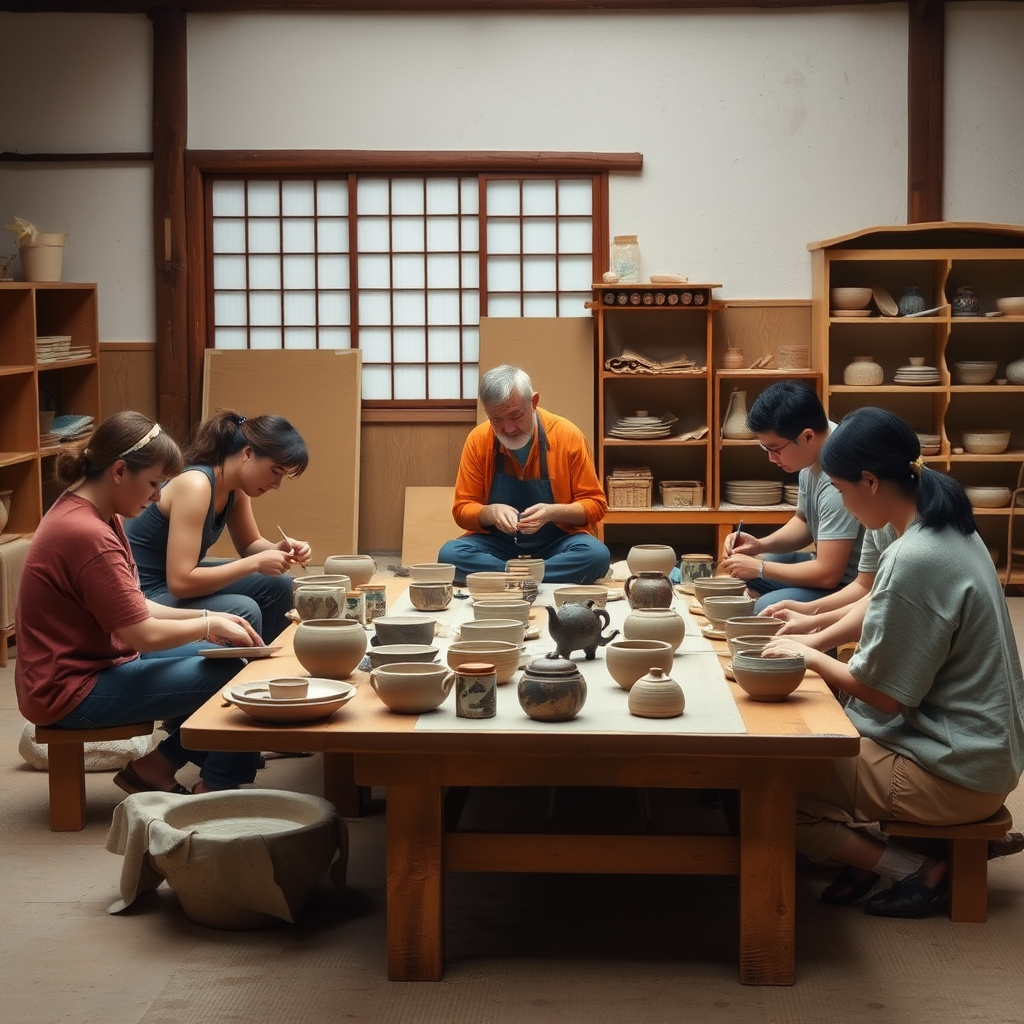
Essential Tips for Beginners
Success in Japanese pottery requires patience, respect for materials, and openness to learning. Here are key considerations for your first workshop:
- Wear comfortable, clay-friendly clothing
- Arrive with an open mind and willingness to embrace imperfection
- Listen carefully to your instructor's guidance on clay preparation
- Focus on the meditative aspects of working with clay
- Don't expect perfection in your first attempts
Working with Local Masters in Tokyo
Tokyo offers exceptional opportunities to learn from experienced pottery masters who have dedicated their lives to preserving and evolving Japanese ceramic traditions. These artisans provide invaluable insights into both technical skills and the philosophical aspects of Japanese crafts.
What to Expect from Master Instruction
Traditional Japanese pottery instruction emphasizes observation and gradual skill development. Masters typically begin by demonstrating techniques while students observe, followed by hands-on practice with gentle guidance. This approach, rooted in centuries of teaching tradition, helps students develop both technical proficiency and artistic sensitivity.
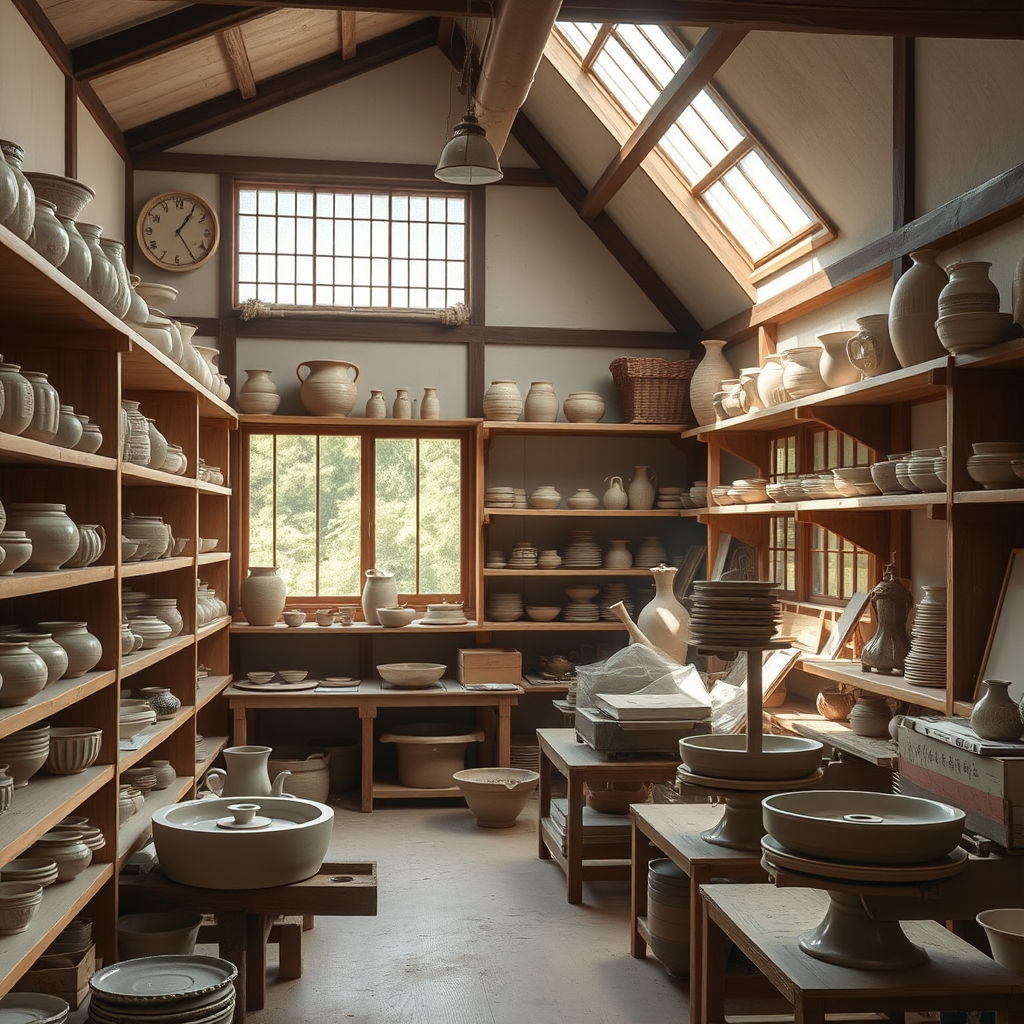
Building Your Ceramic Journey
Japanese pottery offers a lifelong journey of discovery and personal growth. Whether you're interested in creating functional tea bowls or decorative sculptures, the principles learned through traditional Japanese techniques provide a solid foundation for artistic expression.
The meditative nature of working with clay, combined with the rich cultural heritage of Japanese ceramics, creates an experience that extends far beyond simple craft instruction. Each piece you create becomes a tangible connection to centuries of artistic tradition and personal creative exploration.
Ready to Begin Your Pottery Journey?
Japanese pottery workshops offer an authentic way to connect with traditional Japanese crafts while developing new creative skills. The combination of ancient techniques, quality materials, and expert instruction creates an unforgettable cultural experience that enriches both artistic abilities and cultural understanding.